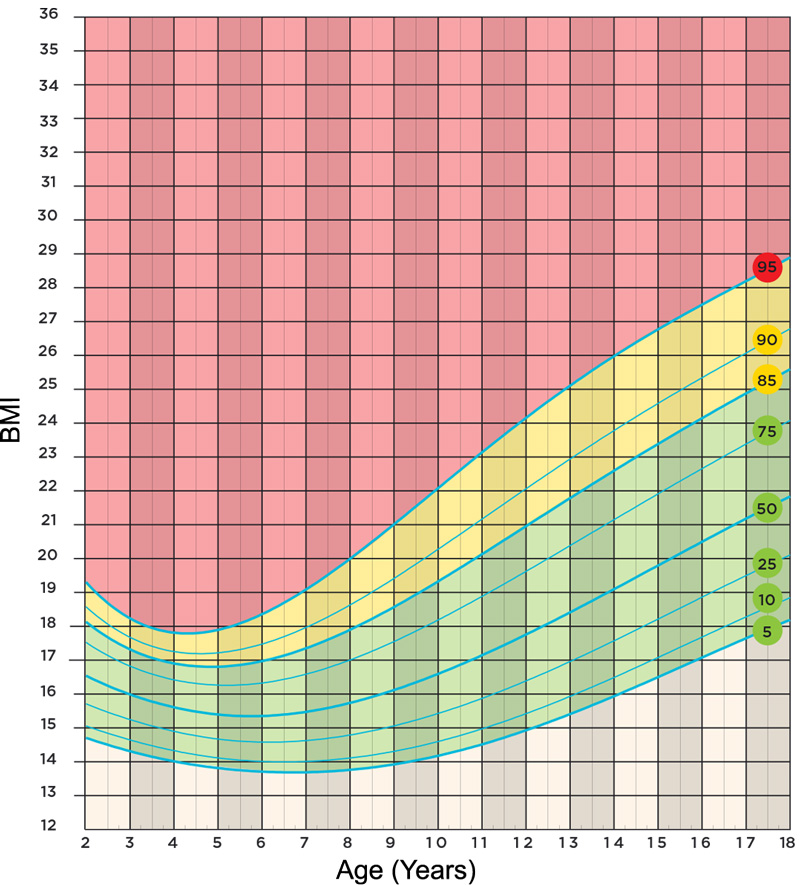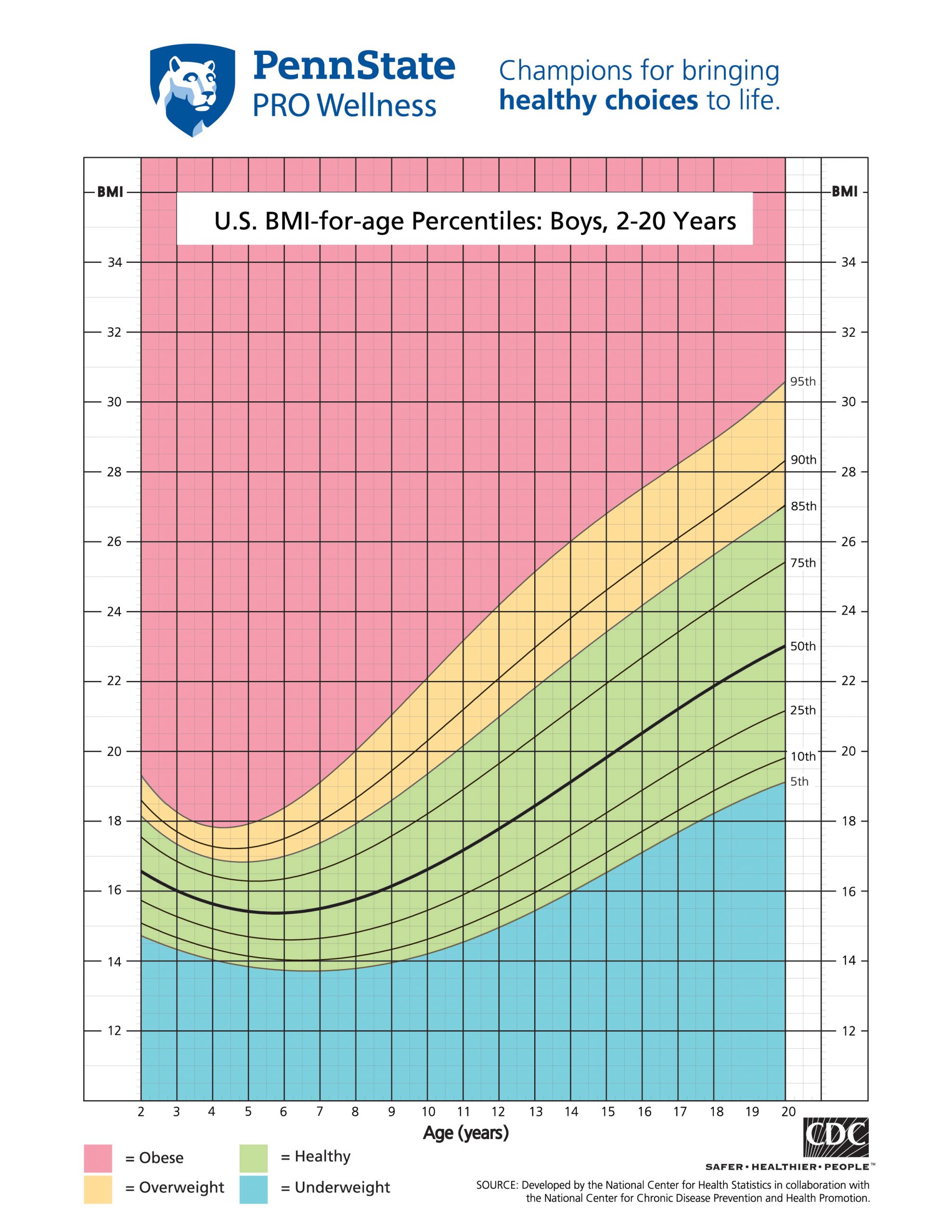Understanding Healthy Weight Ranges for Teens
Determining a Healthy WeightPermalink
With obesity rates rising among American teenagers, it can be difficult to determine healthy weight ranges. The Centers for Disease Control and Prevention (CDC) provides BMI calculators and growth charts to help track weight in relation to height over time. For a 15-year-old girl who is 5’7” tall, the average weight according to older CDC standards used to be around 130 pounds. However, with 1 in 4 high schoolers now classified as obese, these averages may no longer reflect ideal weights.

Relying on Medical AdvicePermalink
While some people distrust medical guidelines, consulting your doctor is important for understanding a healthy weight range tailored to your individual height, body type, and health factors. Doctors receive training to interpret tools like BMI charts and can discuss any concerns over achieving or maintaining a certain weight. They can also order additional tests if needed, like body fat percentage measurements, to get a fuller picture of your overall health and fitness level rather than just relying on weight alone.
Using Online Calculators and ChartsPermalink
For a simple starting point without a doctor visit, various free online BMI calculators are available to determine weight status based on height and weight inputs. For example, the CDC’s BMI calculator for teens allows estimating your BMI percentile compared to others your same age and gender. Growth charts also show weight and height correlations over time. This can give a general idea of a typical healthy range, keeping in mind tools may not replace medical guidance.
Accounting for Variability in Body TypesPermalink
While medical guidelines provide average healthy weight ranges, it’s important to note there is natural variability in body types that affect ideal weights. The CDC states a 5’7” female’s weight can be considered healthy from around 116 to 157 pounds before entering overweight categories. This allows for approximately 15% above or below the 130 pound average weight previously cited. Adding individual factors like high muscle mass can also affect overall health outside of strict weight ranges.
Getting a Body Fat MeasurementPermalink
For a more accurate picture than weight alone, some recommend obtaining direct body fat percentage measurements through methods like scans. A 5’7” female could weigh over 160 pounds but still have a healthy body fat level below 23% which would classify as an “athletic” body type with more muscle mass. Body fat distribution is also important, as excess abdominal fat poses greater risks than lower body fat. Additional health markers beyond the scale should be considered.
Discussing Weight Concerns with Your DoctorPermalink
Many doctors avoid unsolicited weight conversations due to complex factors involved. However, being proactive by directly bringing up weight as a health priority makes it easier for doctors to openly discuss guidelines. Some questions could include asking about age-appropriate weight ranges, any concerns over achieving or maintaining a certain weight, or requesting referrals for professional guidance like nutrition counseling. Speaking openly with doctors allows tailoring advice to individual circumstances.
Adjusting to Changing Medical StandardsPermalink
Medical advice evolves as research progresses. What was once considered average may change as public health issues like obesity emerge. A 5’7” teenage girl whom doctors used to cite as average at 130 pounds could now reasonably fall within the 116-157 pound range considered healthy. Strict cutoffs are less useful than monitoring weight in context of overall wellness markers over time. Guidelines serve as starting points for discussion rather than dictates, with room for individual adjustment based on discussions with medical professionals.
Maintaining Perspective on Health GoalsPermalink
In a culture where excessive weight stigma remains common, it’s important for teens to pursue health primarily for well-being rather than physical appearance. Many factors determine health outcomes more than any single number on a scale. Having realistic, balanced, and compassionate conversations with doctors about weight goals allows assessing multiple personal health markers over strict adherence to averages or cutoffs from outdated population data. Overall fitness, nutrition, stress levels, and quality of life should be priorities rather than narrowly focusing on a number.
ConclusionPermalink
Understanding healthy weight ranges can help promote wellness conversations between teens and doctors. But individual factors require flexibility and balance beyond rigid guidelines. Ultimately, compassionate discussions tailoring advice to address each person’s whole health picture, not just weight in isolation, empowers sustainable lifestyle changes. Leveraging helpful online tools alongside trusted medical counsel ensures support meeting health goals from all angles.

